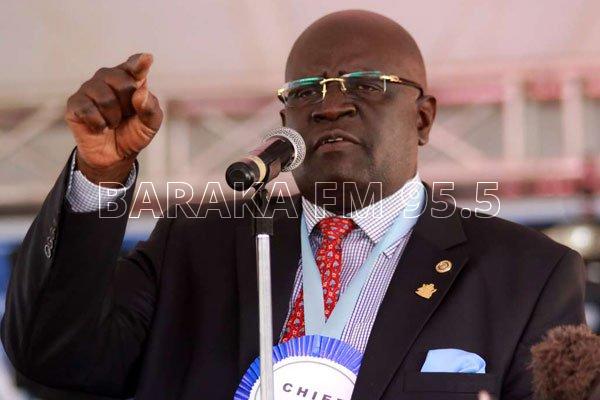
Centum Investment, the company financing the temporary shelved Lamu coal fired plant has insisted that the project is still on.
Speaking to investors over the weekend, Centum CEO James Mworia said that they had made considerable progress in regards to the establishment of the plant.
“So far there are only two things that are pending: the environmental impact assessment (EIA) license and the partial risk guarantees that the government will give the lenders of the project,” Mworia said.
The company has appealed a decision issued by an environment tribunal in June that suspended the license and ordered them to conduct a new environment impact assessment test in order to be allowed to proceed with the establishment of the plant.
Kenyans to pay sh 900 billion for proposed Lamu coal fired plant
The ruling which was delivered in June had been hailed as a victory for environment activists who had often clashed with police officers in anti-coal protests.
The plant is being built by Amu Power Company Limited, a single-purpose entity, 51 percent owned by Centum Investments, a Kenyan investment firm, with the remainder held by Gulf Energy.
In June, a report by the Institute for Energy and Financial Economics stated that Kenyans would be forced to pay sh 900 billion for the plant should it enter into commercial service.
The report, The Proposed Lamu Coal Plant: The Wrong Choice for Kenya, examined how the Lamu project was intended to replace the country’s aging diesel-fired generation and strengthen baseload capacity but factors, such as lower-than-projected demand and higher costs for imported coal, have rendered the plan obsolete.
According to the report, the three-unit, 981-megawatt (MW) facility, would lock the country into a 25-year deal at a cost to consumers of more than US$9 billion, even if the plant never generates any power.
“The existing 25-year PPA would force Kenya to pay at least $360 million in annual capacity charges, even if no power is generated at the plant.” Read part of the report.
Last month, the African Development bank said it would no longer be financing coal plants in Africa.
This comes amidst an anti-fossil fuels campaign by environment activists across the world.
Chemically, coal is mostly carbon, which, when burned, reacts with oxygen in the air to produce carbon dioxide, a heat-trapping gas.
When released into the atmosphere, carbon dioxide works like a blanket, warming the earth above normal limits causing global warming and climate change.
Coal burning has also been blamed for the production of gases such as nitrous oxide and sulphur dioxide which health experts warn are harmful to the respiratory system.












